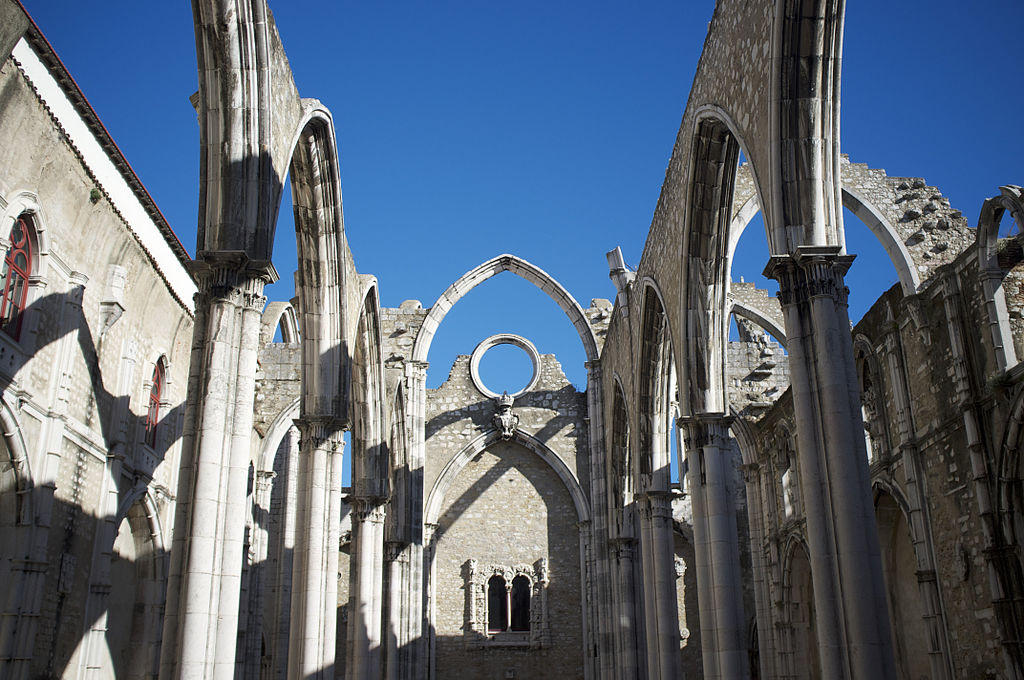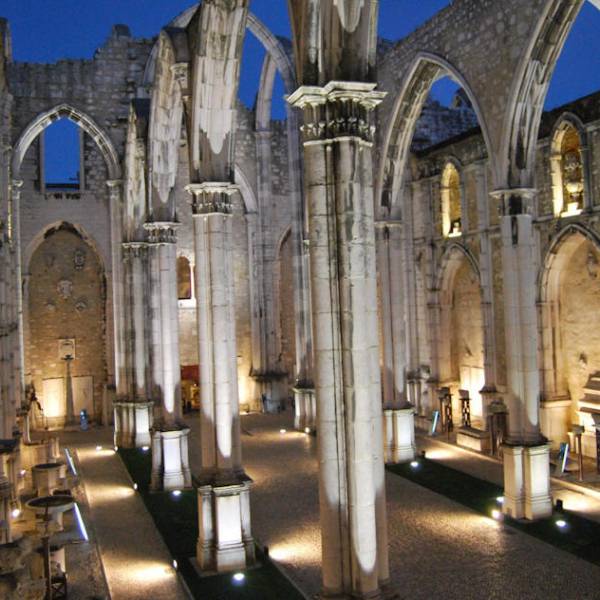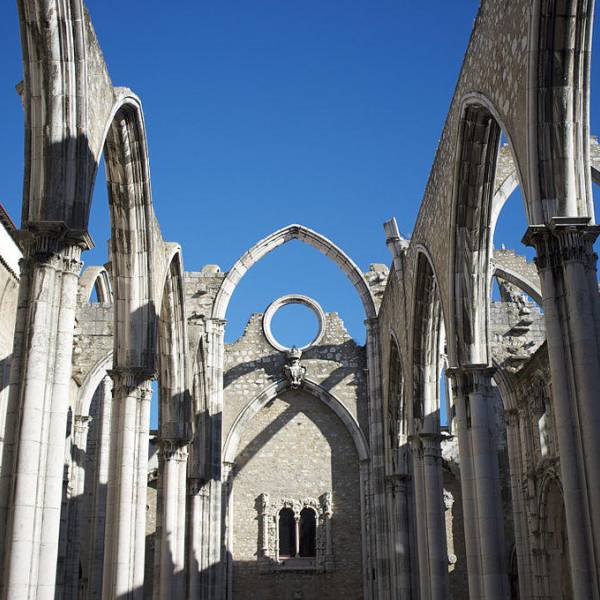Throughout the centuries, the convent flourished as a center of spiritual devotion and intellectual pursuit. By 1551, it housed 70 clergy and 10 servants, demonstrating its significance within the religious community. However, the destructive force of the 1755 earthquake left the convent in ruins, particularly the library, which housed a substantial collection of approximately 5,000 volumes. The calamity forced the clerics to abandon the building, seeking refuge in alternative locations such as Cotovia and Campo Grande.
Over time, the monastery underwent various transformations and repurposing. In 1800, minor repairs were carried out, focusing on the roof tiles. Later, the site was occupied by the Guarda Real de Polícia (Police Royal Guard), and the interiors were adapted to accommodate the sharpshooter battalion and the militia. In 1834, repairs by the Public Works department aimed to transform the convent into the Tribunal do Juízo de Direito do 3º Distrito (3rd District Judges' Law Court). Unfortunately, the church remained unreconstructed and was eventually rented out as a sawmilling shop. The religious orders were later expelled from the country, leaving the buildings abandoned.
In 1864, the ruins of the Carmo Convent found new purpose when they were donated to the Association of Portuguese Archaeologists. Under their care, the dilapidated building was transformed into a museum, preserving the remnants of the convent's grandeur. Throughout the 20th century, restoration efforts were undertaken to conserve and restore the facades and roofing of the garrison buildings. Despite the damage caused by an earthquake in 1969, the convent survived and continued to bear witness to significant historical events.
The Carmo Convent and its Church, constructed between 1389 and 1423, stand as remarkable examples of plain Gothic architecture synonymous with mendicant religious orders. While its design draws inspiration from the nearby Batalha Monastery, the Carmo Church is hailed as the most imposing and lavishly adorned Gothic church in Lisbon.
With a Latin cross floorplan, the main facade of the church boasts a portal adorned with intricately carved archivolts and capitals featuring vegetal and anthropomorphic motifs. Although the rose window above the portal has suffered partial destruction, it retains fragments of its former splendor. Five flying buttresses were added to reinforce the south side of the church in 1399, following the collapse of the south wall during construction. Adjacent to the facade, the old convent was reconstructed in the neo-Gothic style during the early 20th century.
Inside the church, visitors are greeted by a nave with three aisles and an apse housing the main chapel and four side chapels. Tragically, the stone roof over the nave collapsed in the aftermath of the 1755 earthquake and was never rebuilt. However, the surviving pointed arches between the pillars serve as poignant reminders of the structure's former glory.
Perched atop a hill in Lisbon's Chiado neighborhood, Carmo Convent offers breathtaking vistas of Rossio Square and the Lisbon Castle hill. Positioned adjacent to the serene Carmo Square and in close proximity to the Santa Justa Lift, it enjoys a picturesque location that further enhances its allure.
Lisbon.vip Recommends
The former apse chapels have been transformed into exhibition rooms, showcasing a range of artifacts. Among the notable displays is a collection of prehistoric objects excavated from a nearby fortification near Azambuja, dating from 3500 to 1500 BC.
The museum's array of Gothic tombs includes the resting place of Fernão Sanches, an illegitimate son of King Denis I, adorned with scenes depicting boar hunting. Additionally, the magnificent tomb of King Ferdinand I (reigned 1367-1383), originally housed in the Franciscan Convent of Santarém, now finds its place of honor within the museum's collection. Visitors can also marvel at a statue believed to represent a 12th-century king, possibly Afonso Henriques, as well as Moorish azulejos and objects hailing from the Roman and Visigoth eras.
Ah, Carmo Convent, it's like stepping into a mesmerizing time machine where Gothic grandeur and archaeological wonders collide in a spectacular dance! This place, my friends, is not just about impressive architecture; it's a living, breathing testament to Portugal's remarkable past, standing tall as a symbol of our enduring historical legacy. As you wander through its sacred corridors and marvel at the captivating treasures on display, you're not just a visitor – you're a time traveler, soaking in the profound stories woven into the very fabric of Portuguese heritage. So, join me on this epic journey through the annals of history, where every stone whispers secrets, and every exhibit unveils a piece of our captivating tale. Vamos lá!
Map View





